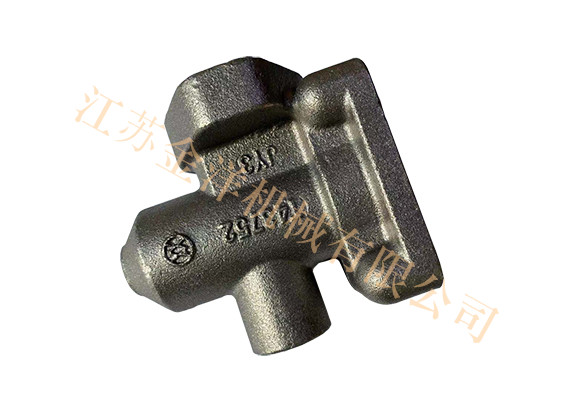
The load sensor valve body is a sensitive device specially used to monitor the connection and disconnection of the load at the output end of the power supply equipment. The load sensor is a general-purpose device and can be applied to any substation. Since a set of DC power is required for operation, it is most convenient to use it on an inverter with a DC power supply, which can directly use the DC power supply. The basic function is to use the load sensor to directly control the power supply of the oscillating circuit in the inverter, so as to realize automatic startup and shutdown, and achieve the purpose of energy saving.
Load sensor (LSE for short), at present, three series of load sensor products have been developed in China, namely the I series universal type (the design idea is specially used in the inverter for air-consumption and energy-saving transmission); II series is specially used for Voltage regulator equipment; Ⅲ series is a DC load sensor (the design idea is mainly used for energy saving and protection sensors in recorders).
application:
The circuit working principle of the device is shown in Figure 2. Among them, TP is the touch metal piece. Usually, because a and b of TP are intermittent, it is equivalent to an open circuit between pins ① and ② of LSE. Therefore, pin ④ of LSE outputs a low level, and relay J is in a released state, which is normally open. Contact J is open, motor M does not work. When the finger connects the two sections a and b on the TP, the ④ pin of the LSE has a current output. At this time, the J excitation is pulled in, its contact j is closed, and the power supply of the motor M is turned on, so the motor M runs. When you let go, M stops working. TP can be made of silver-plated copper-clad plate.
flashing lights
The circuit working principle of the device is shown in Figure 3. Plug in the power plug CT, because the normally closed contact n of the relay J is closed, the lamp H is lit, and because the normally open contact j2 is in an open state, the ④ pin of LsE outputs a low level, and the triode VT conducts at this time. Pass. After the VT is turned on, the relay J is excited and closed, the contact j1 is disconnected, the H is extinguished, and the contact j2 is closed at the same time, so the ④ pin of LsE outputs a high level at this time, the transistor VT is turned off, the relay J is released, and the contact j1 is again. Closed, H lights up, and contact j2 opens again... This cycle works over and over again, causing the light H to flicker.
0515-68783005
免费服务热线
Mobile Website |